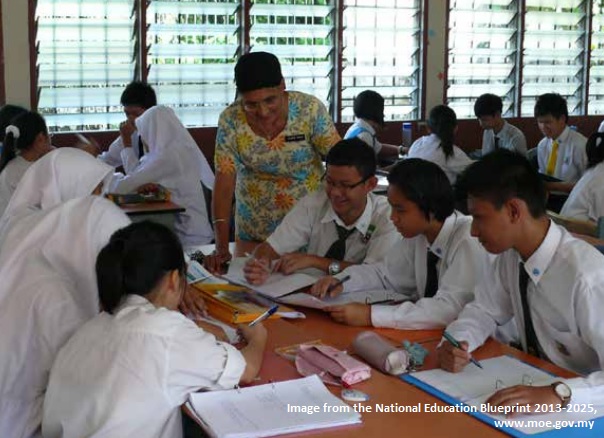Are you smarter than today’s UPSR kids? These math questions may make you think otherwise.

- 1.0KShares
- Facebook913
- Twitter5
- LinkedIn21
- Email28
- WhatsApp67
Before we start, get out your calculators and pencils, cause here are some math problems. Highlight the captions to see the hints and answers.




And here’s one that went viral two months ago:
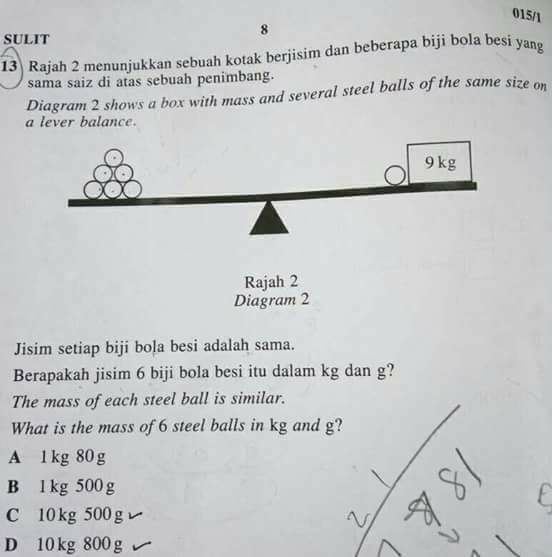
Did you stumble at any of them? If you did, it might hurt your ego to know that these are math questions intended for 12-year-old kids, particularly those taking the UPSR. But not all questions are this hard. These are a particular breed of questions that test something called the Higher Order Thinking Skills (HOTS) of the students, also known as KBAT questions (Kemahiran Berfikir Aras Tinggi).
Whoah. What high-level kind of thinking is this?
“We want youngsters who become ‘job creators’, not ‘job seekers’. Therefore, the HOTS culture needs to be applied from a young age so that they can think far ahead,” – Datuk P. Kamalanathan, Deputy Minister of Education, for Sinar Harian.
Back in 2011, due to the ever-rising standards of education globally, the Ministry of Education decided that we need to look back on our own methods of education. After furious researching and interviewing, they then came up with a plan called the National Education Blueprint (NEB) 2013-2015 that details improvements to be made to the current system. Among other things, the plan aimed for Malaysian students to have six things to compete on the international level:

Of particular interest in this article is the second point, the thinking skills. To achieve that, the NEB planned for students to know how to keep on learning and to be able to connect different pieces of knowledge and come up with a new knowledge on their own. This includes the mastering of several cognitive skills, like critical thinking, creative thinking, reasoning and the ability to innovate.
“This is an area where the system has historically fallen short, with students being less able than they should be in applying knowledge and thinking critically outside familiar academic contexts.” – The National Education Blueprint 2013-2023.
But how are we to teach young Malaysians to think more critically, creatively, reasonably and innovatively? Well, one way is by changing the exam papers to include more questions that test the students’ higher level thinking skills. Questions like what you guys answered at the start of this article. As for how can you tell if a question involves higher thinking or not, we have something called the Bloom’s taxonomy:
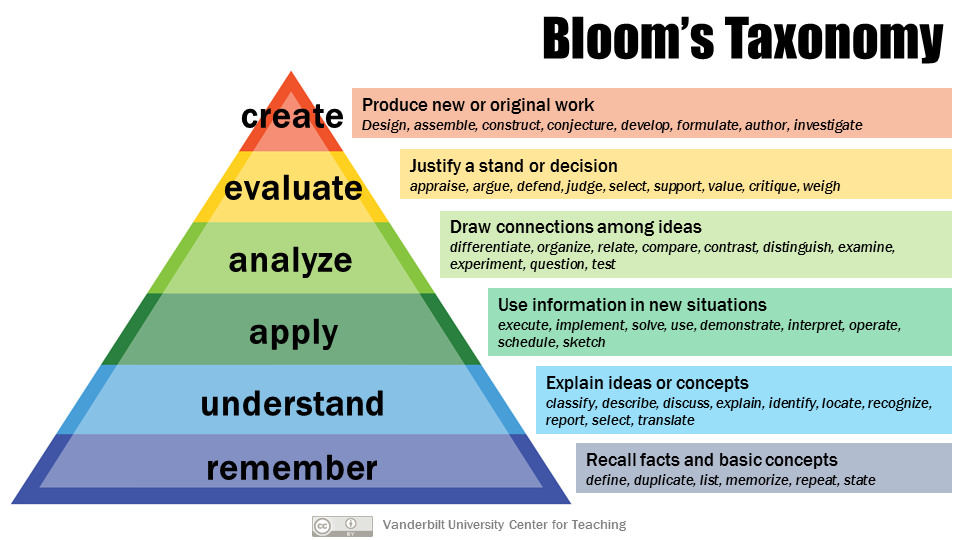
Basically speaking, it’s a hierarchy of knowledge of sorts. The bottom two elements represent Lower Order Thinking Skills (LOTS), or Kemahiran Berfikir Aras Rendah (KBAR), and they basically involve remembering and understanding what is being taught. The top four, on the other hand, represent a higher level of thinking, and HOTS questions center around the students’ skills to apply what they remember and understand in real life, analyze and evaluate what they know, and create something new out of it.
In addition to having to think out the answers by themselves, students have to keep up with things happening outside of school as well. For some sets of last year’s SPM Basic Economy papers, the questions asked about current events like the rising price of chickens, the pros and cons of paying the income tax through debit or credit cards, and the effect of foreign labor, which are topics not found inside the subject’s textbooks. Without watching or reading the news or doing some research on their own, candidates won’t be getting full marks for some papers.
That seemed pretty challenging… so how are our students doing?
Some of us might remember last year’s UPSR results, which is the first time HOTS questions made up 40% of the exam questions.

Students as well as their parents and teachers were reportedly devastated by the results. As can be seen from the graph above, that’s quite a drastic drop, with less than 5,000 students getting all 6As out of 452,721. Some parents and teachers attributed the drop to the new examination format, which included open-ended questions (as opposed to objective questions only) as well as HOTS-oriented questions. However, the Ministry had stated that the 2016 UPSR results should not be compared to previous years, as it’s a different game entirely.
“We hope parents will understand the transition of our education system to a higher level – from an academic-based to a school-based assessment system, which is designed to strike a balance between the pupils’ academic and non-academic performances,” – Datuk Seri Mahdzir Khalid, Education Minister, for New Straits Times.
The amount of SPM examinees getting straight As over the years are also on a downward trend, although not as drastic as UPSR.

2016 is also the year where a quarter of the questions were HOTS questions. Although there were less people getting straight As that year, it should also be noted that the gap in performance between urban and rural schools have lessened, and the National Average Grade (GPN) Index, which measures the overall grades of students (not just the As) showed an improvement.
While there will supposedly be benefits to the HOTS system, the dropping grades presented a sort of dilemma, as grades are somewhat a measure of a student’s success.
“Our education system is too examination-oriented at the moment in which schools and teachers are focused on helping children get good academic results because that is what parents and industries want or demand. This is the dilemma faced by schools and educators. Good academic results determine your employability but they never ask if you can think or not or how good you are,” – Dato Sri Michael Manyin Jawong, Sarawak Minister of Education, Science and Technological Research, for the Borneo Post.
Looking at the situation superficially, one may be able to deduce that…
Unfamiliarity with the system is the reason why HOTS is failing

Of the 282 primary and secondary schools being watched by the Inspectorate of Schools, only 113 (about 40%) of them are considered as ‘good’ or ‘excellent’ when it comes to HOTS. The other 60% are below that level. As for why this is so, the Deputy Minister of Education P. Kamalanathan had observed that the problem stemmed from the teachers’ level of acceptance and comprehension of the HOTS system.
“Based on evaluations, the problem comes from the acceptance and comprehension of the teachers and this process (improvement) is now ongoing. Teachers are being trained, not only by the Ministry of Education but also by trainers,” – P. Kamalanathan, for Astro Awani.
However, that statement seemed to have struck a nerve with some people. Dr Siti Mariah Mahmud, a Pakatan politician, believed that a lot of teachers are angry and disappointed with Kamalanathan’s statement, saying that teachers have always been the victims to the shifting educational policies in this country.
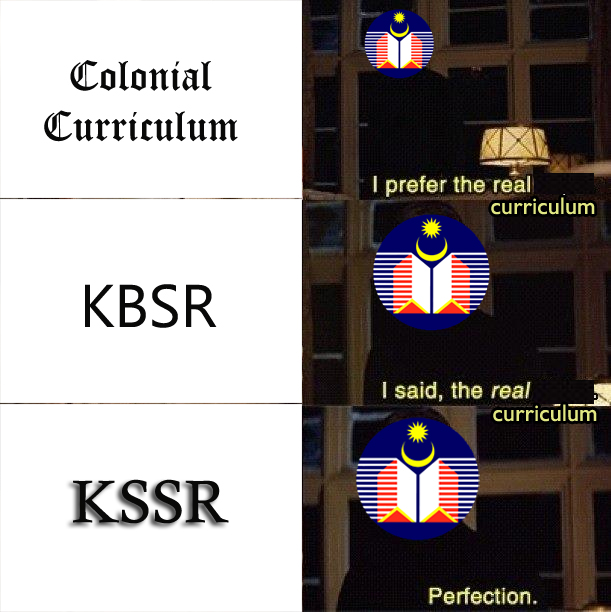
G. Manivannan, Kapar’s assemblyman, seemed to agree with Mariah, saying that the reason why teachers and students are falling behind is the frequency at which the ministers are changing and adding to the education policies.
“The victims here are the students. The second victims affected by the implementation of KBAT are the teachers. Our education system should be overhauled completely. We also need to create a new policy where it cannot be amended for 20 years,” – G. Manivannan, Kapar assemblyman, for Sinar Harian.
The Minister of Education himself had since denied the allegation that teachers are the reason why students fail to master HOTS, saying that Kamalanathan’s statement had been ‘spinned’ by the news portal that published the said statement.
“When I reexamined his (Kamalanathan’s) statement and read what he said fully, he didn’t say that the failure comes from the teachers as what is happening involved the community as a whole. So, it’s not true. The statement had since been spinned to make it look as if the Deputy Education Minister made a statement that the failure of the HOTS system stems from teachers,” – Datuk Seri Mahdzir Khalid, Education Minister, for Sinar Harian.
It will take some time to see how effective the HOTS system is

Datuk Seri Mahdzir Khalid is optimistic that the students’ and teachers’ mastery of the HOTS system will be at a better stage in three more years. As an ongoing process, he had stated that it’s not something that shows its results immediately.
“HOTS is a process, meaning that its implementation will take some time before its real rewards can be seen. In the case of HOTS’s failure, we’re neither blaming the teachers, students nor the system itself as it’s an ongoing process. Furthermore, in achieving its aims, teachers are continuously being trained so that they can fully understand the KBAT culture,” – Datuk Seri Mahdzir Khalid, for FMT.
For the time being, the teachers from the schools where the performance of the HOTS system is lacking are being trained through the School Improvement Partners (SIP+) and School Improvement Specialist Coaches (SISC+) initiatives, which is something like teachers tutoring other teachers. There’s also a plan to implement something called “21st-Century Learning” in schools next year, which encourages the students to actively participate in the learning process as well as using computers as a learning aid.
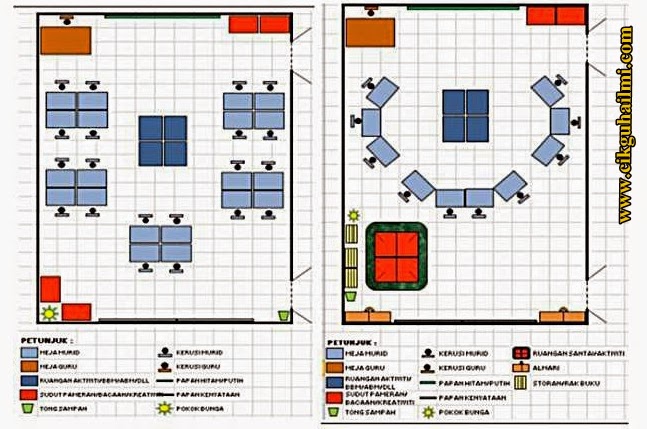
While there had been concerns about the increasing difficulty of exams and whatnot brought on by the HOTS system, quite a number of parents see the HOTS system as a good thing as well.
“For me, I don’t think that it will stress out the students too much as they will be helped by their teachers and parents to make sure they can achieve a critical way of thinking, and not only memorizing notes and formulas. Some may say that 12 is too early an age to be exposed to higher-level thinking questions, but I think 12 is the right age to already begin thinking critically.” – Zuraidah Ariffin, private worker and parent, for Sinar Harian.
What do you think about the HOTS system? Tell us in the poll below!
- 1.0KShares
- Facebook913
- Twitter5
- LinkedIn21
- Email28
- WhatsApp67

